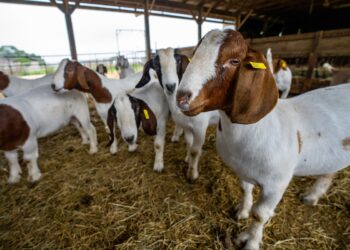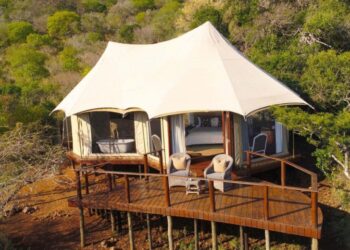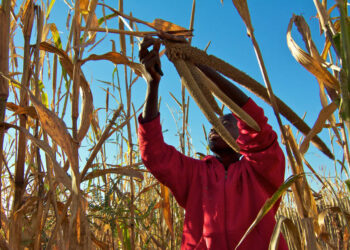
NamPower says it has now turned to electricity imports from Zambia after it reduced its dependency on South Africa’s Eskom, which is experiencing acute challenges resulting in Africa’s most developed economy enduring rolling power cuts.
Information made available to The Brief shows that NamPower has reduced its firm offtake from Eskom by half to only 100MW, with a further non-firm arrangement for 300MW, which is not available during any load-shedding or emergency event.
“The dependency on energy from Eskom has been reduced over the past year, as in our last round of import contract negotiations with Eskom. NamPower has increased its supply option from Zambia, who has access to additional excess energy due to the completion of one of its mega projects related to the Kafue Gorge Hydroelectric Power Station,†NamPower Managing Director Kahenge Haulofu told The Brief.
Namibia imports a total of 460MW from regional power utilities in its quest to meet the country’s daily energy demands averaging 500MW, with 200MW previously coming from Eskom, in a deal that was recently renegotiated and extended for another three years, with 80MW coming in from the Zimbabwe Power Company.
Haulofu said the power utility continues to utilise its membership of the Southern Africa Power Pool (SAPP), to augment supplies when needed.
“In extreme cases, the deficit, if supply is not locally available, is then sourced from the SAPP market which allows members to trade in short term markets/agreements that are a Month, Week or Day long. These trading arrangements give NamPower and all other members an option in meeting their energy requirements,†he said.
The NamPower boss said in line with its Integrated Strategic Business Plan (ISBP) and the National Integrated Resource Plan (NIRP), where the Minister of Mines and Energy determined the development of 220MW of generation capacity, of which 150MW has been allocated to NamPower, the company was working on growing its local capacity.
“NamPower has a capacity expansion programme currently in its execution phase to realise 220MW local generation. NamPower has several generation projects at different stages of development to address the reliance on energy imports. One of such projects is the 20MW solar plant – the Omburu Power Plant – that was energised recently (17 April 2022) and supplying into the grid; there is also a 20MW Diesel Plant (ANIXAS Power Plant at Walvis Bay) that is used as a standby/emergency generator,†he said.
With regards to the current contribution of renewables to the national grid, Haulofu said, “for the period June 2021 to July 2022, renewable energy contributed 1,161GWh (from access to 493.5MW of solar PV, wind and the Ruacana Hydroelectric Power Station).â€
According to Fitch, NamPower’s capital expenditure is set to increase to about N$1.5 billion in FY22 and N$3 billion in FY23 and FY24, from less than N$500 million averaged over the last four years. Namibia’s fifth National Development Plan targets to increase the country’s overall power generation capacity to 750MW.
Â











